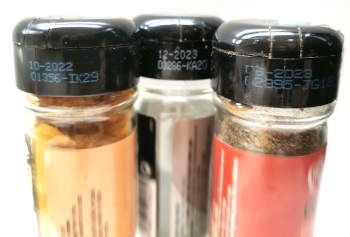-
Troubleshooting a Pod by changing it's command
3 min read

When a container in a Pod is crashing sometimes it's logs are not enough to fully understand what's going on. One way to approach this situation the command it runs to something that won't make Kubernetes restart the container: For example a sleep command
08/03/2022
Read more... -
The activeDeadlineSeconds property on a Pod definition
3 min read

If we take a look all the possible properties for a Pod definition we might notice that there's one to limit the time a Pod can be running:
apiVersion: v1 kind: Pod metadata: name: test spec: activeDeadlineSeconds: 10 containers: - args: - sleep - 24h image: alpine name: test07/03/2022
Read more... -
bestby: Refresh Pods based on it's lifetime using a label on it's definition
3 min read

For Kubernetes a Deployment is an object to define a Pod that is intended to permanently run on the cluster, so there's no native way to refresh it's Pods. To do so we can install the bestby controller.
04/03/2022
Read more... -
Setting up the Vertical Pod Autoscaler
3 min read

To be able take advantage of using a Cluster Autoscaler (same applies to AWS Karpenter) we need make sure we properly set the resources any scheduled Pod is requesting to Kubernetes:
- If we are requesting too much resources, we will be wasting resources
- If we are requesting too few, the application might end up on a node where it needs to constantly share resources with other Pods
When we are not use the resources a given Pod or container is going to use, we can use the Vertical Pod Autoscaler to help us define them
14/02/2022
Read more... -
Expose Pod information using an volume
2 min read

We can choose to expose some of the Pod's information as volumes or environment variables using DownwardAPIVolumeFile. It can expose both Pod fields and Container fields
05/01/2022
Read more...